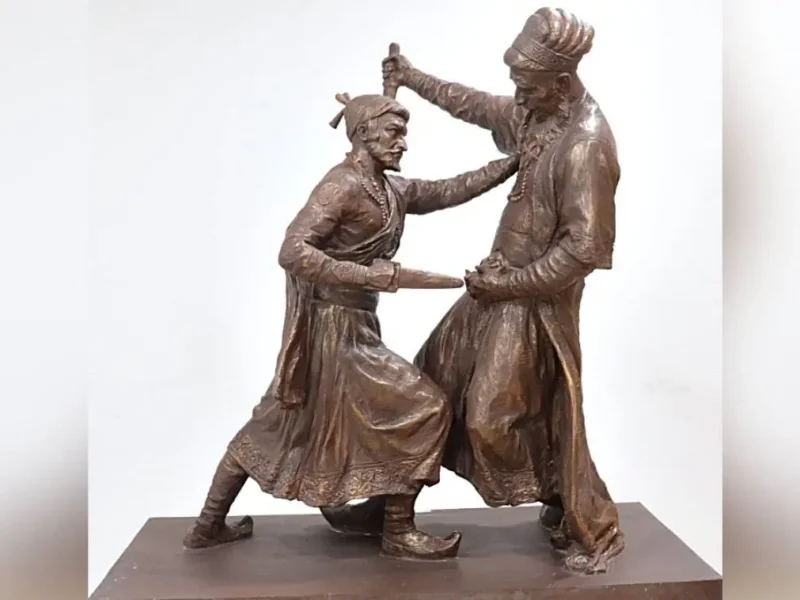
Rohit Sharma Capable, a Thinker
By YAJUVINDRA SINGH
“One swallow does not a summer make” is a wonderful saying so appropriate to the short stint of Test cricket that one finally was blessed with. The World Test Championship is a wonderful initiative to popularise the authentic form of the game, “Test cricket”.
In this fast digital world in which we are all presently living, there is every chance of it fading away into oblivion. So it was heart-warming to see Test cricket being finally played by all the Test-playing nations.
This will be the last of it for a while as the popular limited-overs IPL and then the T20 World Cup will be what every side and followers of the game will focus on, hereafter.
The recent Test series between India and Sri Lanka and Pakistan against Australia was why the sport of cricket is so lovely to watch. The battle to survive, innovate, be patient, show grit and determination and exploit the conditions through clever thinking and action are some of the traits that came forth so beautifully.
Though India looked head and shoulders above the Sri Lankan side, their captain Dimuth Karunaratane, in the second innings of the second Test, played an innings of great responsibility with immense skill. He showed how the lethal Indian bowling attack could be handled and scored off, as well. Maybe a couple of more Test matches could have had the Sri Lankan side giving India a run for their money, if they followed their captain’s example.
These are the moments that make Test cricket enthralling. A similar knock by the very talented Pakistan captain, Babar Azam, who scored 196 runs against Australia to ensure a draw, chasing 506 runs for victory, was an innings that showed character, patience, stamina and unimaginable determination. One admired his technique and cricketing skills but his mental strength to remain at the crease for nine hours was what was most impressive.
Babar Azam’s innings reminded one of the marathon innings of 221 played by India’s master batter, Sunil Gavaskar. This was in 1979 at the Oval when India were chasing 438 runs for a victory. Sunil also has the distinction of scoring a double century against the mighty West Indies in 1971 in the second innings, having scored a century in the first innings as well. This was in the fifth and final Test match which was a six-Day affair in Port of Spain, Trinidad. He played with a severe toothache and placed India in a safe and commanding position after a massive deficit in the first innings. The game was drawn and India went on to win the series for the first time against the West Indies.
These are the feats that make individuals into legends and highlight Test cricket as the ultimate form of the game. These batting performances and some mammoth bowling ones are impossible to replicate in the shorter format of the game. That is why Test cricket, one says , differentiates the men from the boys.
Unfortunately, the days of a full-fledged five-Test series seems to be a thing of the past. Playing just two or three Test matches is going against the Holy Grail that Test cricket stood for. A long-drawn series was when a cricketer needed every skill in his repertoire to succeed both mentally and physically. Cricket then was a hard game and only the tough survived and flourished. A two or three-match Test series may be a quick way to accomplish the task of finishing a tournament. However, it lacks the ingredients that make Test cricket into what it stands for.
India, after the severe defeat that they faced against South Africa, are now on an even keel by defeating New Zealand and Sri Lanka at home. They now play Bangladesh away and the Australians at home. A win against India in their backyard would be quite difficult even for the Australians. This, therefore, puts India into a very strong position. They need to win the one-off postponed Test match in England in June to make themselves one of the favourites to qualify for the finals of the Test Championship.
Rohit Sharma, the Indian captain, has shown he is more than capable of being a leader. Since Tiger Pataudi, one has not seen the innovative field placements and thought leadership that Rohit Sharma has showcased. One thought of him as being a casual operator, although he has successfully led Mumbai Indians. Rohit gives an impression of one who continuously thinks and plans his moves, a leader to the core.
The Indian team, including Virat Kohli, seem to be comfortable with him. One can gauge the openness and transparency prevailing on the field. The interesting outcome of India’s win was that it was achieved without a significant contribution from their two world-class batters, Virat Kohli and Rohit Sharma. This is what finally leads to making a world-class side.
India now have a well-sculpted team with every skill required, covered. The challenge would be to keep their players fit, physically and mentally.
India’s rivals and foremost opponents, Pakistan, are also showcasing how competitive they have become. Under the leadership of Babar Azam, they now have a challenging batting and fast-bowling side. They, however, lack top-class spinners and till they find them, they will struggle to consistently win.
Pakistan need to take the initiative to make a lively wicket for the third and final Test against Australia. They have the firepower but seem to lack the confidence. Losing and winning, as one says, is a part and parcel of the game; it is how one plays it is what makes a difference. This year has seen eight centuries already in Test cricket and each one has been a gem.
Wow! Cricket lovely Cricket!
(Singh is a former India cricketer)




